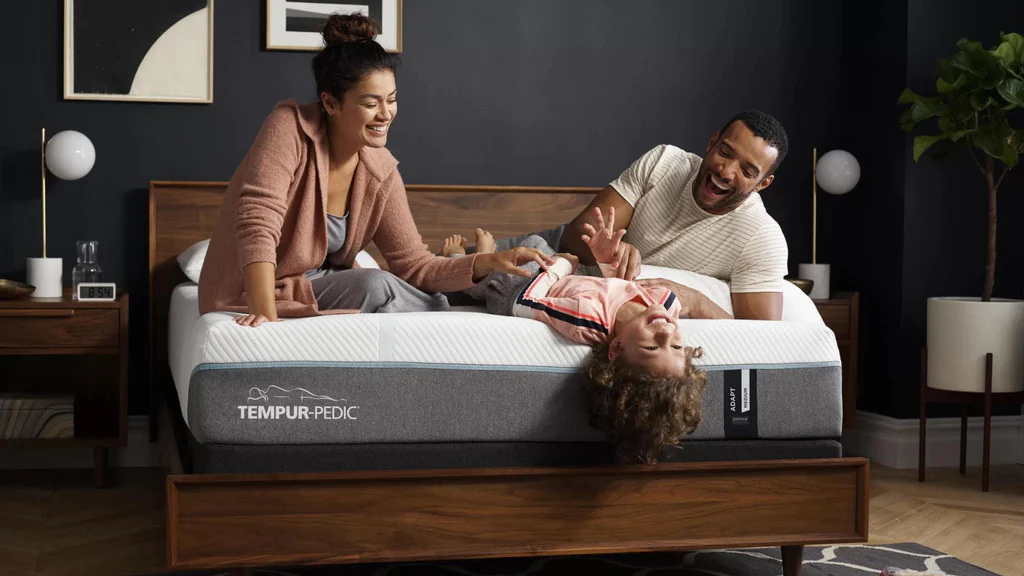Buying a new mattress is an overwhelming experience with, so many options to choose from. The type of mattress you select plays a role in getting a good night’s sleep. With the wrong mattress, you may end up with back pain, less sleep and constantly waking up tired. This mattress-buying guide will help simplify the process, so you find your perfect fit.
Before shopping, think about what factors are most important for your sleep comfort. Consider mattress type, firmness, cooling features, pain relief, partner disturbance, lifespan, and price. For example, side sleepers usually need a softer model for shoulder and hip alignment, while back sleepers need medium-firm. If you tend to sleep hot, choose a cooling mattress. If you have chronic pain, search for pressure-relieving materials. Knowing priorities will help narrow the options.
Understand key mattress materials
Mattress types differ in their internal materials, which impacts factors like longevity, breathability, support, and comfort preference. Be familiar with the properties of materials before making decisions:
- Memory Foam contours closely to the body for pressure relief but may retain some heat. Density matters – higher equals more durability and support.
- Latex is responsive, durable, and sleeps cool naturally. It’s available in soft, medium and firm feels. Dunlop and Talalay are two manufacturing types.
- Innersprings have good air circulation with their coil system design. Models with pocketed coils excel in motion isolation. Look for thick, tempered steel coils.
- Hybrids combine foam and pocket coils to provide comfort and support. They are quite versatile for multiple sleep positions.
Always check the believability of claims
With savvy marketing claims around mattresses, it’s essential to verify through consumer reports and third-party certifiers. Some calls to vet further: non-toxic materials, eco-friendly production, athletic sponsorship, medical recommendations, and “best-rated” assertions. Rely more on specific testing data over general claims. Take proper measurements of your bedroom to determine, what mattress size will fit best. Ensure having enough room to walk around the bed comfortably after installment. In smaller bedrooms, a Full, Twin XL, or RV Short Queen is likely optimal.
Set aside adequate time for testing
Allot at least 10-20 minutes testing out mattresses you’re considering to properly gauge comfort and support. Don’t feel rushed by salespeople when testing – take your time sitting and lying in multiple positions to simulate real sleep circumstances. Bring a pillow to understand alignment. If possible, test with your sleep partner as well to evaluate motion transfer and if preferential firmness differs. A strong mattress warranty averages at least 10 years for full replacement coverage. Make sure to review what is and isn’t covered under terms though, as some warranties exclude impressions under 1.5 inches. Most quality mattresses feature warranties covering manufacturer defects around materials and craftsmanship. Understand procedures well before purchasing in case you need to make a claim later.
Look at mattress return policies
The best mattress deals typically offer anywhere from 100 to 365 nights risk-free in your home. Breaking in a new mattress often takes 2 to 4 weeks for your body to adjust though. Don’t assume you’ll automatically get the best price at nationwide mattress chains. Cross-compare offers from local mattress stores, department store mattress sections, and online direct-to-consumer brands. Always prioritize your sleep needs, learn about materials that cater to them and thoroughly test promising matches. Investing ample time upfront takes the turbulence out of choosing a supportive mattress with that perfect fit feeling.




